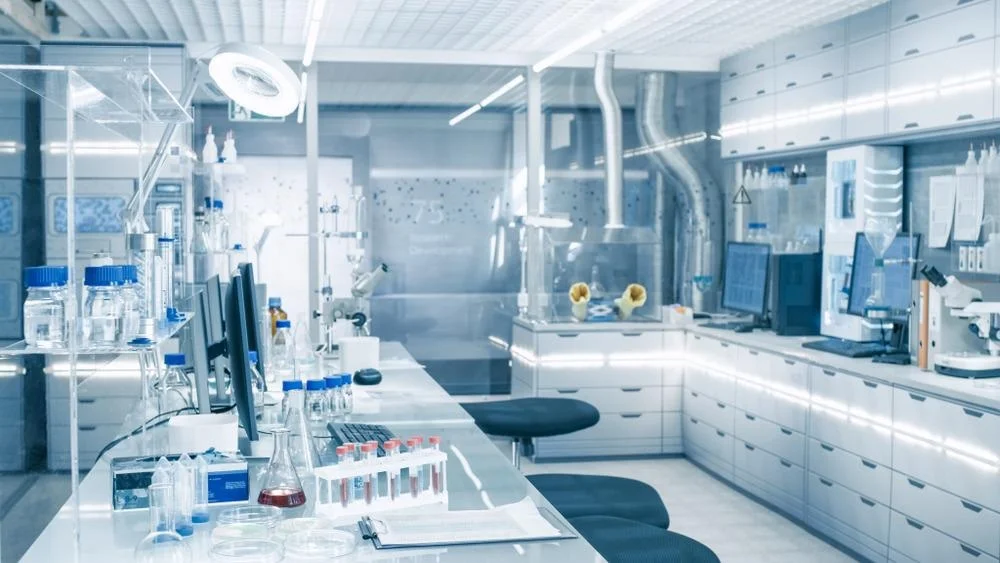Cocoa and Chocolate Organic Contaminant Testing
In the world of premium chocolate production, ensuring the highest standards of quality and safety is paramount. Cocoa and chocolate products are not only beloved for their taste but also for the trust they engender in consumers. This service focuses on identifying and quantifying organic contaminants within cocoa and chocolate to ensure compliance with international food safety standards.
The process involves rigorous analysis using advanced chromatographic techniques such as Liquid Chromatography-Mass Spectrometry (LC-MS) and Gas Chromatography-Mass Spectrometry (GC-MS). These methods provide high sensitivity and specificity, which are crucial for detecting trace levels of contaminants. The service covers a wide range of potential contaminants including pesticides, mycotoxins, heavy metals, and other harmful substances.
Sample preparation is critical in this process to ensure accurate and reliable results. Samples undergo extraction using appropriate solvents followed by clean-up steps such as solid-phase extraction (SPE) or liquid-liquid partitioning. The extracted analytes are then analyzed for their presence and concentrations within specified limits set by international standards like ISO 3164:2015, which provides guidelines on the analysis of cocoa solids.
The importance of this testing cannot be overstated. It directly impacts customer satisfaction as it ensures that products meet or exceed regulatory requirements. Regulatory compliance is essential for maintaining a good reputation and trust with consumers who are increasingly concerned about food safety and quality.
Our laboratory employs state-of-the-art equipment and highly skilled personnel to perform these analyses. The results are provided in detailed reports that include method validation data, detection limits, quantification ranges, and any regulatory compliance information relevant to the specific contaminants detected.
Benefits
- Enhanced Consumer Confidence: Ensures product safety and quality, thereby building trust with consumers.
- Regulatory Compliance: Meets stringent international standards such as ISO 3164:2015 for cocoa solids analysis.
- Informed Decision-Making: Provides critical data that helps in making informed decisions about product formulation and sourcing.
- Quality Assurance: Detects potential issues early, allowing for corrective actions to be taken promptly.
Customer Impact and Satisfaction
Our customers benefit from this service in several ways. By adhering to strict quality control measures and using cutting-edge technology, we ensure that the products they produce or source are safe for consumption. This translates into higher customer satisfaction as they can confidently market their products as compliant with international standards.
The detailed reports provided enhance transparency, allowing customers to make informed decisions about ingredient sourcing and formulation adjustments. Early detection of contaminants also helps in maintaining brand integrity and reputation, which is crucial for long-term business success.
International Acceptance and Recognition
The importance of this testing extends beyond national borders due to the global nature of cocoa and chocolate markets. International standards such as ISO 3164:2015 are widely accepted, ensuring that the results from our laboratory are recognized globally. Compliance with these standards is a key factor in gaining market access in countries with stringent food safety regulations.
Our laboratory's expertise in this field has earned us a reputation for reliability and accuracy. This recognition translates into increased trust among international buyers and partners, further enhancing the quality of our services.





